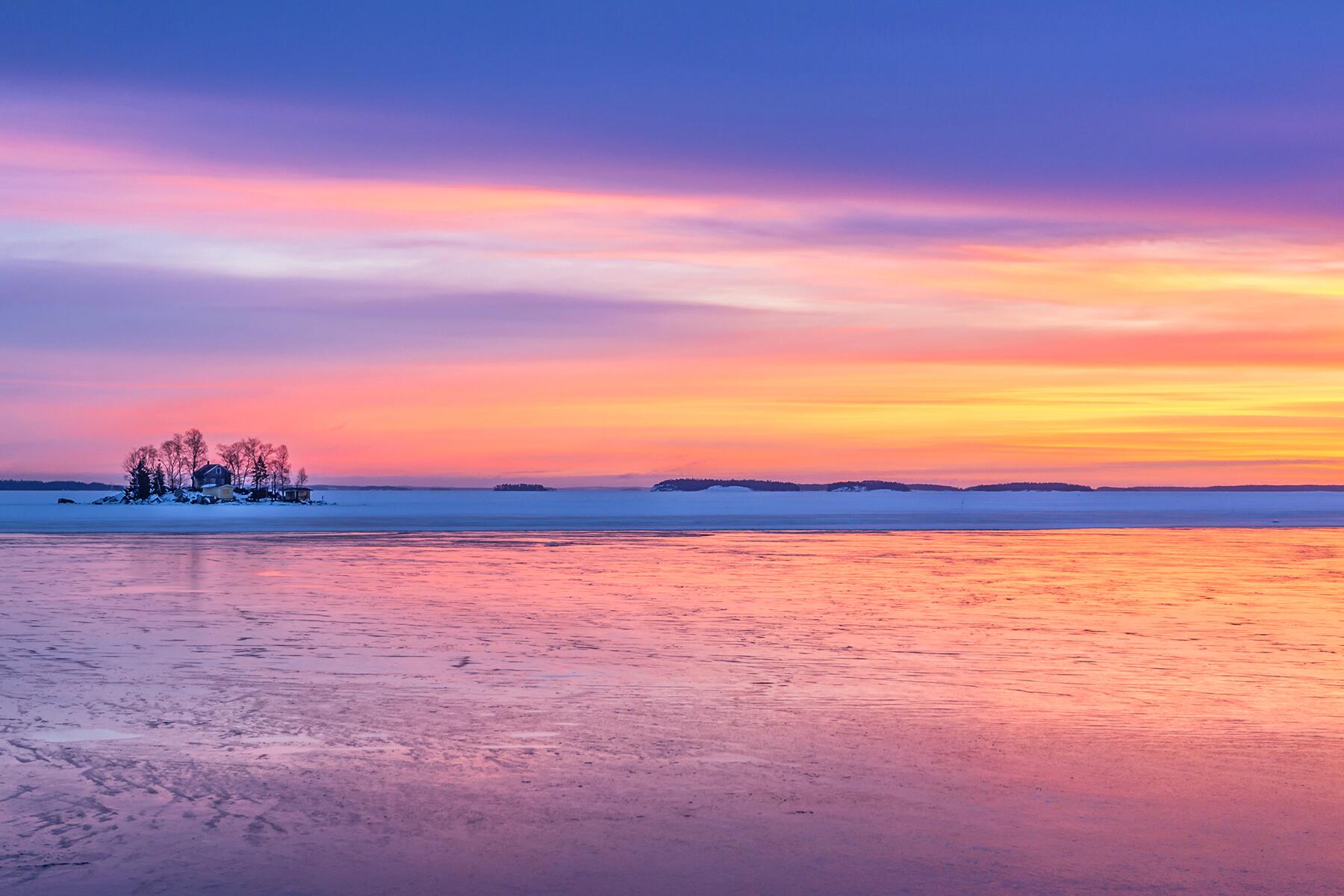Infernal geothermal activity in Japan’s hot spring capital gives visitors a close look at hell.
The boiling, hissing, and sizzling hot springs in the Japanese resort town of Beppu once terrified locals who gave the pools their demonic name, “Hells.” But now, these tempestuous springs enchant visitors from all over the country. The Jigoku Onsen Meguri, or Hot Spring Hell Tour, is a mixture of the kitschy charm of a roadside attraction with the genuine beauty of naturally-occurring geothermal phenomena. Take a break from the non-stop luxury soaking offered elsewhere in the city and visit seven of these “hells” in a day trip that Dante would envy.




